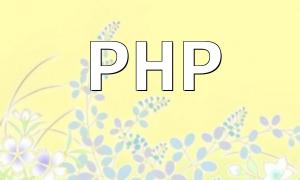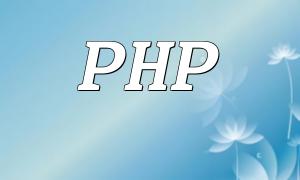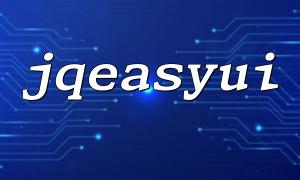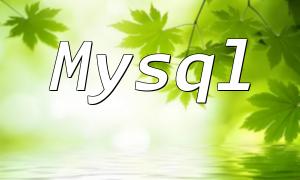As business complexity grows, efficient management of decision engines and business logic becomes crucial. Drools, a flexible and open-source business rule engine, is widely used in Java environments. By integrating Drools with PHP, developers can leverage the strengths of both technologies to create more adaptable solutions.
Drools is an open-source Business Rule Management System (BRMS) that focuses on simplifying the management and execution of business logic through its rule engine and process engine. It allows complex decision rules to be centrally managed, avoiding scattered logic across code and improving maintainability and system stability.
Although Drools is primarily designed for the Java platform, combining it with PHP, known for its wide use and ease of development, enables the creation of applications that benefit from powerful business logic processing and flexible development. PHP is ideal for rapid development and deployment, while Drools handles complex rule decisions, jointly meeting diverse business needs.
The key to integrating Drools with PHP is designing a clear communication architecture. Typically, REST APIs or SOAP services serve as a bridge, allowing PHP to send requests to the Drools rule engine and receive processed results. This approach achieves loose coupling and enhances system scalability.
The following example demonstrates how PHP can call Drools services via HTTP requests to execute business rules:
// Set API request URL
$url = 'http://your-drools-service-url/rules';
// Prepare POST request data
$data = array('input' => 'your input data');
$options = array(
'http' => array(
'header' => "Content-type: application/json\r\n",
'method' => 'POST',
'content' => json_encode($data),
),
);
$context = stream_context_create($options);
$result = file_get_contents($url, false, $context);
if ($result === FALSE) {
// Handle request error
}
// Parse and output result
$response = json_decode($result, true);
echo 'Result: ' . $response['result'];
?>In practice, it is recommended to follow these guidelines to improve system stability and maintainability:
Ensure Drools rules are logically clear and not overly complex to facilitate later adjustments and maintenance.
Use standardized data exchange formats (such as JSON) to simplify interface design and ensure smooth communication between PHP and Drools.
Regularly update and optimize Drools rules in line with business process changes to maintain system flexibility and adaptability.
Integrating Drools with PHP offers developers a powerful and flexible way to handle business rules. Understanding Drools’ core concepts and designing efficient interfaces with PHP can significantly enhance business logic management. This guide aims to provide practical reference and assistance for your development projects.









